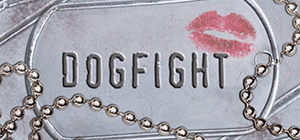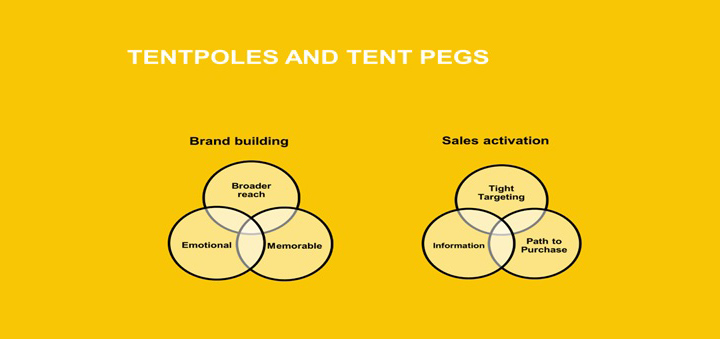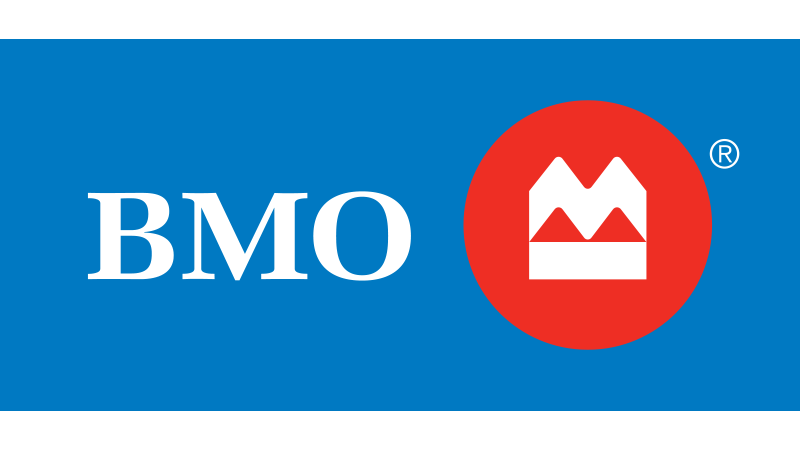A six step approach to get your brand back on track
There is a lot of discussion right now about how businesses and brands can survive and thrive once lockdown is relaxed and Canadians start to behave more like they did pre Covid-19.
A lot of the advice to brand stewards is well meaning but generalised: Create acts not ads, be humble with your tonality, focus on safety, use research to understand customer feelings, look for new chains of supply, put more emphasis on e-trading channels, use short form video, show your buyers that you are on their side etc etc.
Whilst none of these pointers are wrong, I can't help but feel that there is a naivety in the advice being servied up that is very worrying!
Simply put, in the next few months, Canadian marketers and brand owners will be engaged in the fight of their lives.
Most brands (whether they accept it or not) are standing on the edge of a precipice.
Even before the word coronavirus became so widely known and despised, 77% of brands could simply dissapear and no-one would care...according to the excellent 2019 Meaningful Brands study by Havas.
Alarmingly the Business Council of British Columbia have forecast that the provincial economy will shrink by between 7-11% in 2020 (a negative economic impact that hasn't been experienced for 70 years) with some categories being hit so hard that they will suffer lasting damage (travel, aviation, the cruise ship industry, the meeting and convention business, some parts of tourism).
Buyer behaviour has changed during this current lockdown period.
Brands that were not on people's consideration list are not in their homes. Bigger ticket priced brands have been abandoned for the foreseeable future. Brand switching is endemic.
In my own household, Hunts ketchup, Swan toilet paper, Simply Orange and Compliments disinfectant have booted Heinz, Royale, Tropicana and Clorex from our shopping repertoire...and we won't be buying the more expensive brands any time soon! Our trip to the UK has been postponed for a couple of years. The 2010 Subaru that was due to be replaced won't be for a couple of years!
Buyers will likely be way more frugal because needs must! Many households have been hit hard economically and have to be more judicious in their brand choices.
Brands grow by recruiting category users who don't usually buy them, and assumes that regular buyers are not defecting. But buyers are defecting and a dog fight will inevitably ensure!!
So...how can brands win the dog fight?

Every cloud has a silver lining and there will be opportunitites, but it needs deep thoughtful effective planning and a clear understanding of strategies that will be effective rather than efficient.
My opinion is that there are 6 steps to take to get your brand back on track.
1. Source of business
All brands will have (Scary) sales targets. It's imperative to have a strong sense of where the brand will source its business from and over what time period. A good discipline is to figure out how many transactions you need over 12 months and work back from there. Using smart research to understand the new dynamics of the category and where your brand sits within the minds and buyer behaviour of category purchasers in the beginning of the journey to success. Here is a good article from Kantar.
2. Mental availability
Behavioural economics (Kanheman et al) have shown us that people buy based on emotion. They describe this as 'system 1' thinking. to fire up the emotions, brands need to have strong mental association and shortcuts (eg Las Vegas = adult mischief, IKEA = democratized furniture design) and be front of mind when buyers are thinking about a category. In fact, if a brand doesn't make the top 3 in a buyer's initial 'consideration set' the chances of being bought are very low.
To be successful, brand owners need to craft motivating mental associations from content, experiences and interactions that leave strong impressions and bring the brand front of mind consistently.
3. Distinctive Promise
To win the dog fight, brands need to be thought of as different from the rest. Different and better. A former client captured it well when she said "I want our customers to feel that we are worth more than they are paying for us." Note the word 'feel'. The directive from most company owners and CEO's wlil be to 'make money fast' to cover costs during the pandemic and make up for lost sales. Many brands will resort to brivery. Buy one get one free, loyalty programs, price discounting, rewards for recommending etc. The smart brands will sell at regular price but compel people to buy with a motivating and distinctive promise that they consistently keep.
4. Emotional Affinity
Facts tell. Feelings sell.
My friend and fellow prog rock enthusiast in the UK Mr. Les Binet has done an extraordinary amount of work to demonstrate that to be profitable, brands need to make people feel not just think. Emotionally designed messaging and behaviour gets category buyers to notice, admire and remember the brand. A large body of evidence form the godfathers of effectiveness: Kantar, WARC, and Binet and Field demonstrates that emotionally charged brands, get more than their 'fair share' of category transactions.
5. Tentpoles and tent pegs
When planning on how to deploy the money in the marketing budget, it is very important to distinguish between the money that will be allocated to brand building and that which will be dedicated to sales activation. Tentpoles are the bigger more emotionally charged components that hold the brand up. Tent pegs are the smaller but frequently functionally focused components that keep the brand secure.
To be successful a brand needs both tentpoles and tent pegs.

The temptation will be to spend the money on sales activation particularly on so called 'efficient inventory' online as a post COVID-19 ' path to purchase' category model will likely show that online usage has dramatically increased...for both viewing and transactions.
However, the evidence indicates that emotionally priming category buyers with messaging (especially online and offline film) and behaviour (brand 'acts' that people admire and share) dramatically increases the chances of purchase conversion for sales and activation techniques, and helps to maintain success in the longer term. Binet and Field's advice is to spend 60-70% of the budget on brand building activity.
One might reasonably assume that people's emotions will have heightened as a result of the emotional roller coaster that we have all been on and so a dominant emotionally appealing marketing plan will work even more effectively than pre Coronavirus.
However, I suspect that a significant number of Canadian marketers will put more money against sales activation...which will provide a real opportunity for the more englightened.
6. Brand Iconography
One of the key findings to come out of 'How brands grow' from Byron Sharp was that successful profitable brands have distinctive assets that help people remember and recognize the brand when they are processing marketing messages and searching for a brand within a category.
Brand iconography is a crucial but often overlooked aspect of effective brand building.
The iconography can include: Colour palette (eg yellow and black for Best Buy), Sound (eg Intel), Signature line/slogan (Nike), Spokesperson/Character (Nespresso, Dos Equis), Tonality (Apple).
Given the dog fight that will shortly ensue, brands would be very wise to use one or two elements of iconography to stand out from the very crowded marketplace and move to the forefront of mental availability.
It strikes me that a number of brands have behaved in very admirable ways during this pandemic but its hard to remember who did what!
Conclusion
When the dust settles, a huge ruckus will ensure in most categories with many brands vying to get back on track and being charged with making up the money that was lost during lockdown. Smart planning and imaginative creative ideation will help brands win. These six steps, together with thoughtful and consistent execution will give you a fighting chance of success.
Any questions? Contact Tony Johnstone.
Check out Tony's conversation with John Wiltshire, President and CEO of the Canadian Marketing Association, as they discuss six tangible steps to get brands back on track.



































